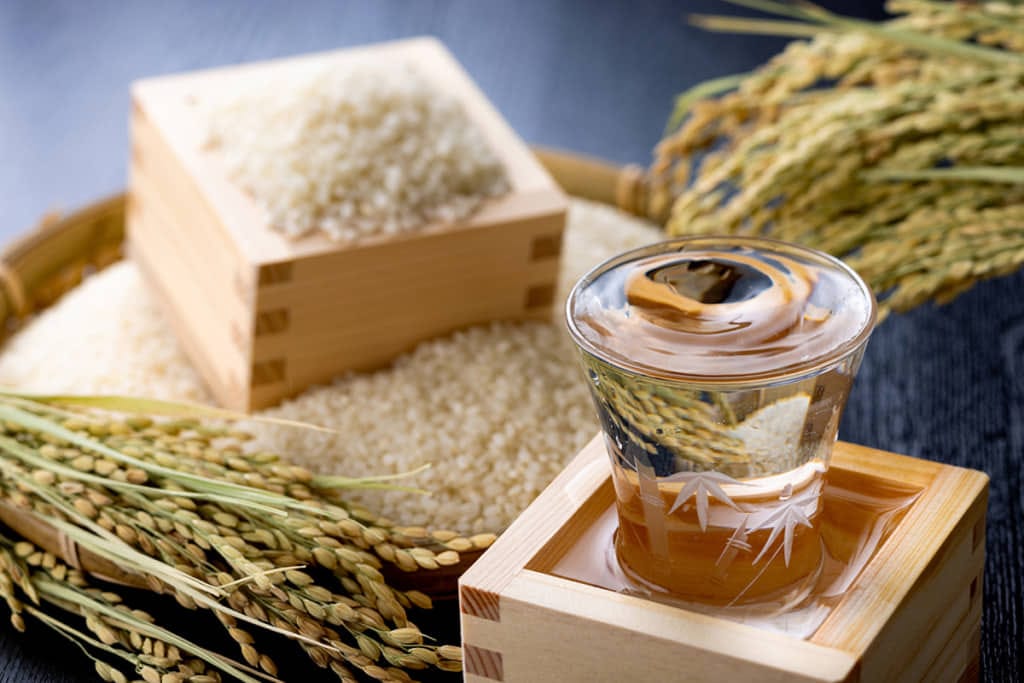What's a good sake to bring home as a gift?
Discover top sake options like Dassai and Hakkaisan. Explore tasting experiences and alternative Japanese beverages for a unique experience!

What’s a good sake to bring home as a gift?
Great question! Even though I’m not a heavy drinker myself, when it comes to gifts, I usually recommend either local craft beers or well-known Japanese sake like Hibiki. Japan has an incredible variety of sake, with flavors ranging from sweet to deeply umami-rich, so it really depends on your taste or the recipient’s preference. Personally, I encourage people to try as much sake as they can while in Japan because the experience is so diverse and tied to the regions.
For example, in Yamanashi Prefecture, where you can see Mount Fuji, they also produce some interesting Japanese wines. But if you come from Europe, you might find those wines less impressive compared to what you’re used to. A fun little twist is that nowadays you can even find sake-flavored ice cream, a neat treat for people who enjoy alcohol but want something different. So, sake offers not just a drink but a cultural experience that can be shared back home.
What if I want to avoid the usual brands and find something more unique?
If you want a unique bottle, I’d suggest visiting local sake breweries, especially outside big cities. Places like Niigata, Akita, or Hiroshima have smaller breweries producing limited edition or seasonal sakes you won’t find internationally. I once stopped by a small brewery in Niigata where they let me taste freshly brewed sake straight from the tank—a completely different experience from the polished bottles in stores. These breweries often sell their products at reasonable prices, like ¥1,500 to ¥3,000 (about $11-$22 USD), and you get something truly authentic. Plus, you can learn about how sake is made, which adds value to the gift.
Are there any particular types of sake that Japanese people prefer for gifts?
Yes! Gift-giving sake tends to lean towards higher-grade types like “ginjo” or “daiginjo,” which are polished more finely and have delicate, fruity aromas. These are considered premium and elegant, suitable for celebrations or formal presents. Hibiki, which I mentioned, is actually a premium whisky brand often mistaken as sake, but it’s also a popular gift because of its refined taste and beautiful packaging. For sake, look for bottles labeled with these grades or ask for “junmai” sake if you want something pure with no added alcohol. The packaging is important too—Japanese gift culture values presentation, so wrapped bottles or those in decorative boxes are preferred.
How about bringing sake back in my luggage? Any tips?
Bringing sake home is pretty straightforward, but keep a few things in mind. First, sake bottles typically come in 720ml or 1.8L sizes. The smaller 720ml bottles are more convenient for travel and less likely to break. Wrap them well—some stores offer bubble wrap or gift boxes, but you can also buy padded luggage inserts. Also, check your airline’s liquid restrictions; sometimes sake counts as alcohol and has limits on quantity or alcohol percentage. Declaring alcohol at customs is generally simple, but rules vary by country. If you can’t carry large bottles, some airports have sake shops selling travel-sized bottles or even packets.
Is it possible to experience sake tasting tours or events while in Japan?
Absolutely! Many regions famous for sake have tasting tours or festivals. For example, in Fushimi (Kyoto) or Nada (Kobe), you can visit multiple breweries in one day, taste different varieties, and learn about brewing methods. These tours often cost around ¥1,000-¥2,000 ($7-$15 USD) for tastings and are great for getting a feel for the local sake culture beyond what’s in stores. However, locals don’t usually drink sake in large quantities casually; it’s more for special occasions or paired with meals. So, these tours are a great way to see the “real” side of sake appreciation in Japan.
In summary, whether you pick a popular brand like Hibiki, discover a hidden gem at a local brewery, or even bring back sake-flavored ice cream, sake gifts are a wonderful way to share a piece of Japan’s rich culture. Don’t just grab the first bottle you see—if you have the time, explore different regions and styles to find something that really resonates with you or your friends back home. Cheers!!



Comments ()